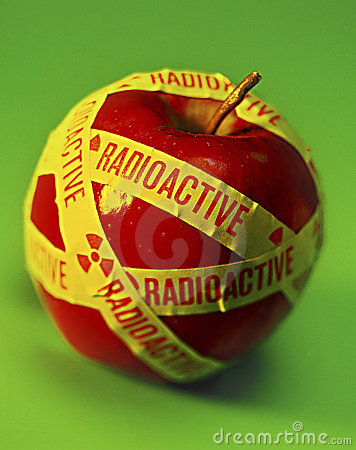Locals continues to eat radioactive food after Chernobyl: Greenpeace tests

Risk is in what they eat, what they drink, the forests surrounding them and it won't go away so easily.
Thank You for Appreciating us

"I appreciate the efforts made by the Lawtimes Journal and they have started it as platform for Law students, researchers and faculty members where they can see the possibilities to make efforts in their area of choice, I wish them that it will emerge as international platform in the globalizing world."
Dr Raj Kumar Yadav
Chief Editor, Plebs Journal of Law

I had a very positive and enriching
experience of following tjis website and it played a crucial role
in finding the materials. It is a must website for Indian legal
fraternity for finding the quality materials.
Vaishai Arora
PHd Student
Indian Law Institute

Lawtimes Journal is the best one in providing valuable assistance, guidance, motivation to the students.
Siddhart Sikdar
B.A.LL.B Student
University of Petroleum
& Energy Studies

Lawtimes journal offers a pre-planned fixed routine to crack the competitive exams, which is beneficial for the students future prospects.
Sayeda Saleha
Fatma
Asst. Professor
Amity Law School II,
Amity University

I am deeply indepted to
Lawtimes Journal for the support and assistance which I got during
my prepration. It helped me greatly in my general studies
preprations.
Varuni Yadav
Asst. Professor
Amity Law School II,
Amity University

Lawtimes Journal is one of the leading educational website and I really thanks its team for providing “free education”
Komal Vig
Assistant Professor
Amity Law School II,
Amity University
ABOUT LAWTIMES JOURNAL
Lawtimes Journal is India’s first online portal which provides free
knowledge, information, news and study material to Law students,
Legal Professions, Judiciary & Civil Services
aspirants.
ADVERTISE WITH US
To
advertise you can send an email at
advertise@lawtimesjournal.in or you can
call at
+91-7579187207